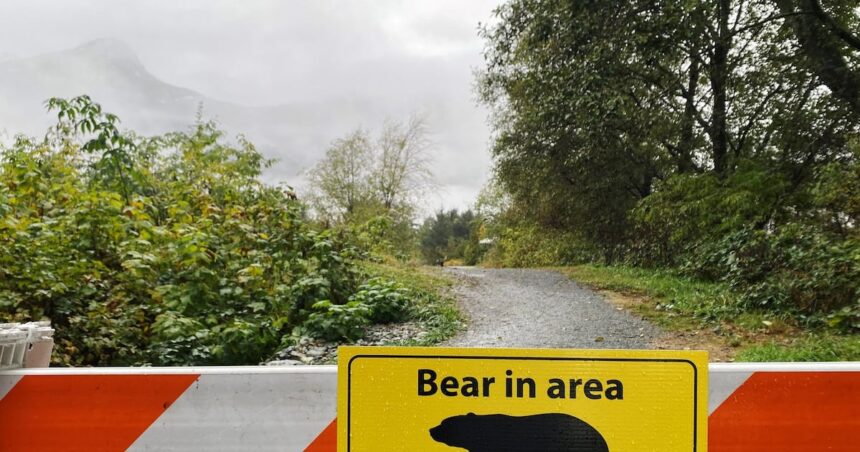In a heartbreaking turn of events that has sparked outrage across British Columbia, a beloved grizzly bear known locally as “Tex” was killed by conservation officers just days before a carefully orchestrated relocation plan could be implemented, according to Tla-o-qui-aht First Nation officials.
“We were mere days away from safely moving Tex to a remote area where he could thrive away from human settlements,” said Chief Councillor Elmer Frank in an exclusive interview. “Our community is devastated that provincial authorities proceeded with lethal action despite our ongoing communication about alternative solutions.”
The 7-year-old male grizzly had become a familiar sight in coastal communities near Tofino over recent months, where witnesses reported the bear primarily foraged for natural food sources along shorelines. According to wildlife officials, Tex had not demonstrated aggressive behavior toward humans, though concerns about habituation to populated areas had been growing.
The Tla-o-qui-aht Nation had been working with independent wildlife biologists to develop a comprehensive relocation strategy that respected both public safety and Indigenous conservation values. Their plan, which had secured private funding and logistical support, involved tranquilizing the bear and airlifting it to a carefully selected habitat approximately 80 kilometers inland.
“This wasn’t just about saving one bear,” explained Terry Dorward, Tla-o-qui-aht Tribal Parks Guardian. “It was about asserting our rights to manage wildlife within our traditional territories according to principles that have guided our people for thousands of years.”
The BC Conservation Officer Service defended their decision, citing “escalating public safety concerns” after the bear was spotted near a schoolyard. However, internal documents obtained through freedom of information requests reveal inconsistencies in the risk assessment protocol applied in Tex’s case compared to similar situations elsewhere in the province.
Wildlife advocates point to successful relocation programs in other jurisdictions. In Alberta’s Bow Valley, a similar initiative has successfully relocated seven problem bears since 2020, with tracking data confirming five have remained in their new habitats without returning to populated areas.
The incident has intensified calls for reform in how wildlife management decisions are made in BC, particularly regarding consultation with First Nations. The Union of BC Indian Chiefs has issued a statement demanding a formal review of protocols and meaningful inclusion of Indigenous knowledge in conservation practices.
“This tragedy highlights the urgent need for a more collaborative approach,” said Provincial Green Party leader Adam Olsen. “When First Nations develop scientifically sound wildlife management plans for their territories, provincial agencies should be partners rather than obstacles.”
As communities mourn the loss of Tex, questions remain about how future conflicts between human safety concerns and wildlife conservation will be addressed. Will this unfortunate incident become a catalyst for meaningful change in how we balance coexistence with wildlife, or will it simply fade as another chapter in the ongoing struggle between development and conservation?

























